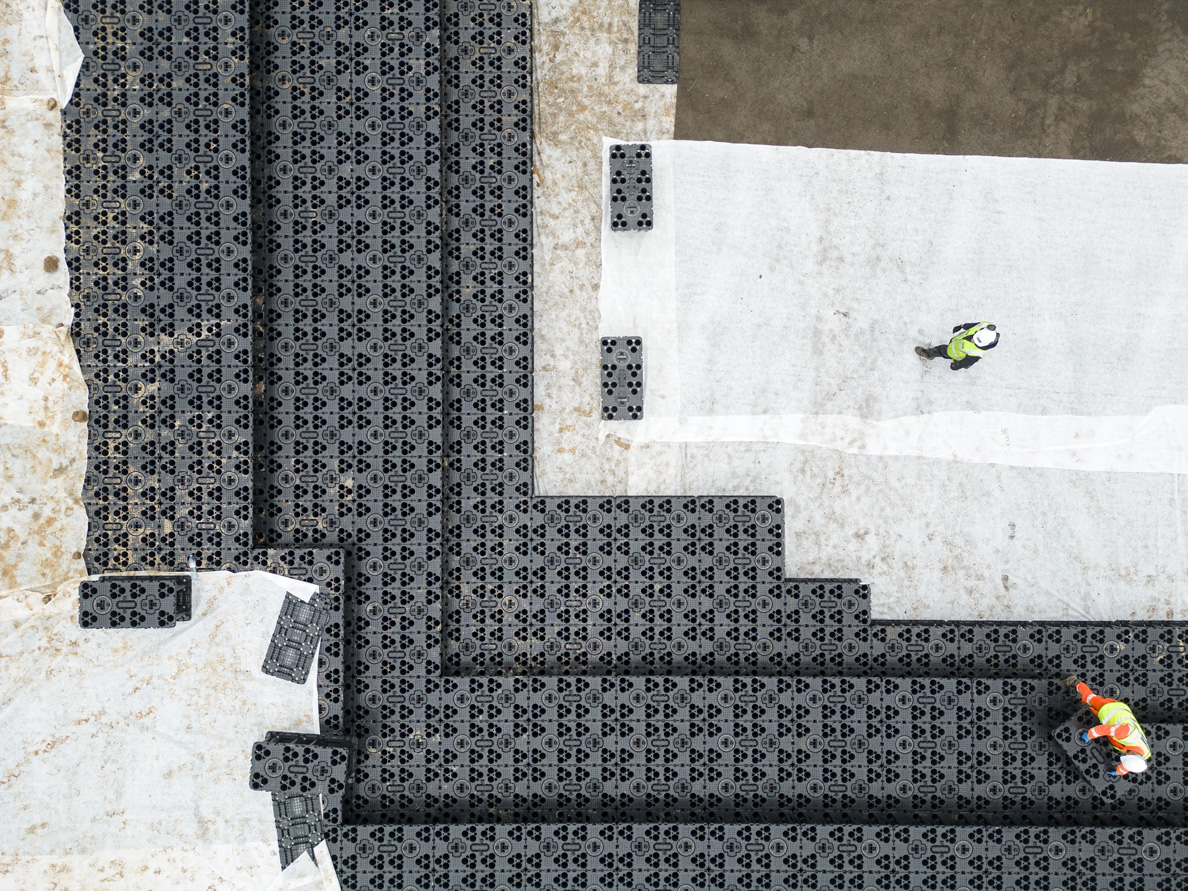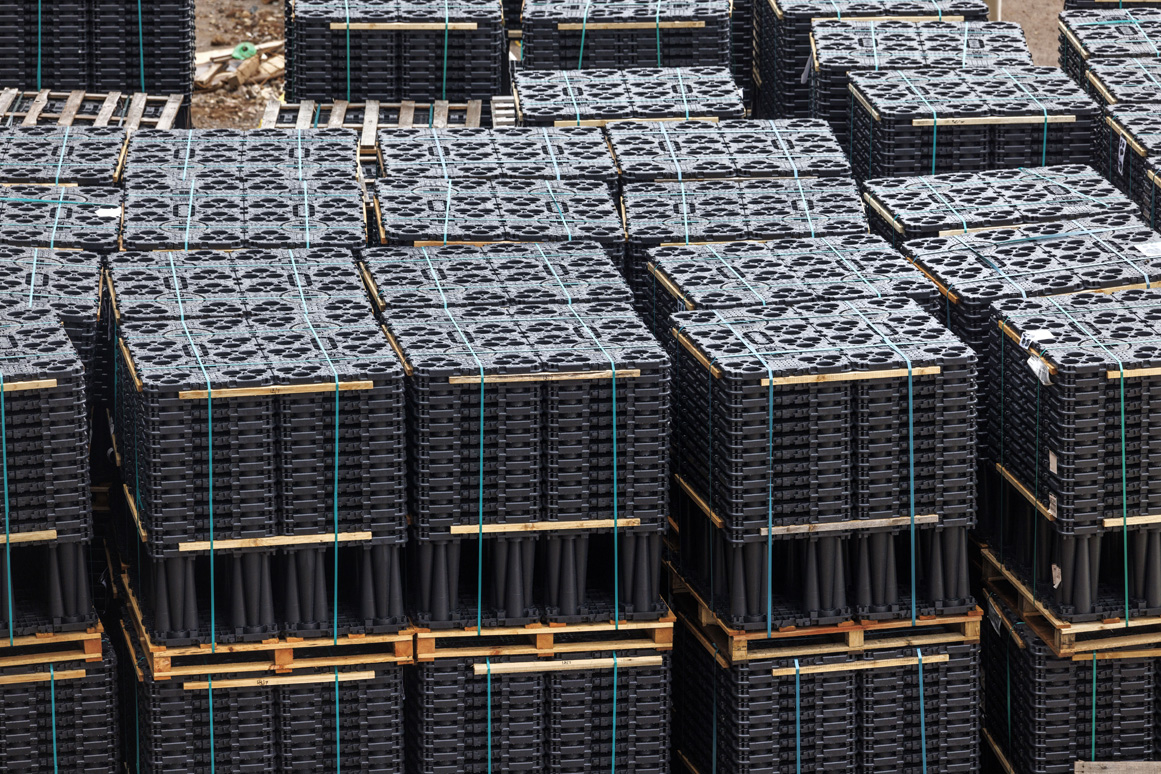It is time to reconsider the ways in which we store, manage, and reuse water, says Martin Lambley, Global Product Manager for Urban Climate Resilience at Wavin.
The UK’s water management infrastructure is undoubtedly under more pressure than ever as it faces extreme weather patterns, including regular periods of drought and heavy rainfall. This, combined with the sustainability considerations facing the wider built environment, has ensured that effective, sustainable water management is now at the forefront for local authorities and developers. But what solutions already exist that can assist these efforts and effectively manage water?
Revising historical water management
With issues around wastewater management seemingly a permanent feature of the country’s national news cycle, it is increasingly clear that current infrastructure and water management practices are not robust enough to withstand today’s weather conditions.
Historically, urban areas have relied on water management that follows a ‘take, make, consume, and waste’ model which largely involves up to 80% of wastewater flowing back into the environment without ever being reused or retreated.
Thus is not only a wasteful water management model, but it is similarly unsustainable considering worsening weather conditions, like extremely dry periods and consequent droughts.
Besides their often-wasteful nature, traditional methods of managing water are also not adequate in protecting property and infrastructure from the threats posed by changing weather patterns. For example, in cases of long and dry spells when ground becomes particularly dry and is unable to absorb unregulated levels of water the situation becomes precarious, and it is key that water is managed effectively, as a lot of our urban infrastructure dates back to the 19th Century.
Attenuation tanks that can effectively regulate the rate at which water is released are crucial to avoid dry, parched grounds becoming overwhelmed. These tanks, such as Wavin’s AquaCell NG attenuation tanks, help to ensure that excess rainwater is released into the ground at a controlled rate, ensuring that this drier ground does not become engulfed by water.

The role of blue-green infrastructure
Whilst attenuation tanks can reduce the impact of excess water and heavy rainwater on infrastructure and developments themselves, there are other solutions available for local authorities and developers, namely adopting sustainable drainage systems (SuDS). This type of infrastructure combines ‘blue’ elements like ponds, rivers, and canals, with ‘green’ counterparts like trees, forests, and fields to effectively manager water and drainage in a more natural way. The infrastructure is then supported by artificial management systems, like attenuation tanks, under the surface offering additional support.
This type of infrastructure effectively combines natural assets and features with the urban landscape to simultaneously enhance water management and improve biodiversity in each area. In practice the key focus of blue-green infrastructure is to hold water within its immediate environment before storing, infiltrating, and harvesting it to reuse effectively allowing for the whole water cycle to occur within the urban setting.
Beyond this, SuDS can offer a wealth of additional benefits when we consider their ability to contribute to water cycle at a more controlled rate, this infrastructure can help with the provision of both effective water management and reuse.

Rethinking ‘water’
Whilst discussions around the potential of blue-green infrastructure for local authorities and developers have come to the fore, it is now essential that there is a change in how we see water and its supply, transport, and drainage.
Rather than viewing it as an add-on to infrastructure, it is now key that water is viewed as a crucial aspect of our living, urban environments. The time is now critical for this, and it is key that the potential of blue-green infrastructure, as well as its ability to effectively manage flood and drought risks whilst facilitating water reusage, is realised.
As sustainability continues to inform decisions made in the management of water, new and evolving ways in which this can be reused are bound to emerge. In the meantime, there are ways in which more sustainable water management can be guaranteed to ensure that, importantly, future developments can coincide with and support the natural water cycle.
Header image ©Frédéric Prochasson/AdobeStock










